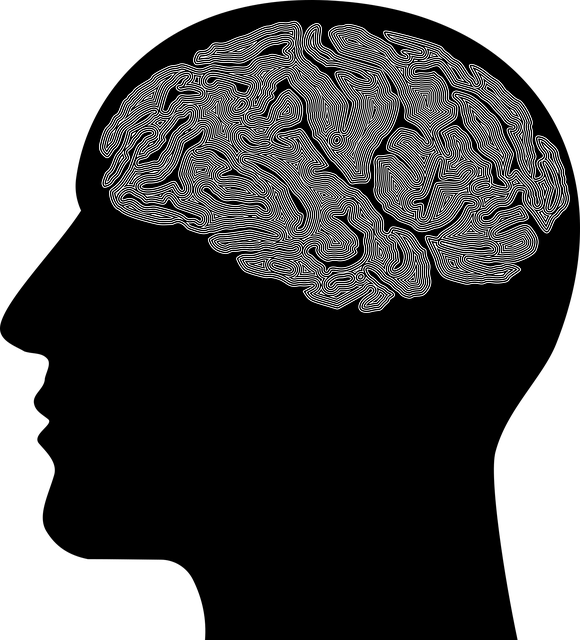The Parker Grief Counseling Therapy approach is an effective, structured method for managing self-harm risks through comprehensive risk assessment. It focuses on individualizing interventions to identify triggers and mitigate vulnerabilities, enhancing resilience with improved social skills, confidence building, and mood management. This evidence-based practice guides professionals in creating harm minimization plans for vulnerable populations, combining emotional well-being cultivation with strategic stress management techniques. By implementing robust risk assessment strategies, open dialogue with clients, and integrating various empowering practices, Parker Grief Counseling Therapy ensures client safety while fostering positive mental health outcomes.
Risk assessment and harm minimization planning are essential components of counseling, especially in sensitive areas like grief. This article guides counselors through a structured approach using the Parker Grief Counseling Therapy method for thorough risk evaluation. We’ll explore identifying potential harms, developing strategies to minimize risks, and implementing continuous client safety measures. By mastering these steps, counselors can provide effective support while ensuring client well-being.
- Understanding Risk Assessment in Counseling: The Parker Approach
- Identifying Potential Harms and Vulnerabilities
- Developing a Comprehensive Minimization Plan
- Implementation and Continuous Evaluation: Ensuring Client Safety
Understanding Risk Assessment in Counseling: The Parker Approach

Risk assessment is a critical component of counseling, especially when dealing with complex cases or individuals at risk of self-harm. The Parker Grief Counseling Therapy approach offers a structured framework for understanding and managing these risks effectively. This method involves a comprehensive evaluation of the client’s current state, including their emotional well-being, social support systems, and coping mechanisms. By identifying potential triggers and vulnerabilities, counselors can tailor interventions to mitigate risks and enhance resilience.
The Parker Approach emphasizes the importance of individualization, ensuring that each client receives personalized care. This includes strategies for improving social skills and building confidence, which are vital in fostering positive interactions and supporting overall mental health. Additionally, mood management techniques are integral to this process, helping individuals regulate their emotions and navigate challenging situations more adaptively.
Identifying Potential Harms and Vulnerabilities

Identifying potential harms and vulnerabilities is a crucial step in risk assessment and harm minimization planning. It involves recognizing and understanding the various factors that could contribute to adverse outcomes, especially for vulnerable populations such as those experiencing grief or mental health challenges. By employing Parker Grief Counseling Therapy techniques, professionals can facilitate a comprehensive exploration of these issues. This includes assessing emotional vulnerabilities, identifying triggers, and evaluating environmental factors that might exacerbate existing conditions.
Through compassionate cultivation practices, which promote emotional well-being promotion techniques, therapists can help individuals develop coping mechanisms to manage potential harms. Additionally, emphasizing emotional regulation strategies enables clients to navigate stressors more effectively, thereby minimizing the risk of harm. This proactive approach ensures that interventions are tailored to address specific vulnerabilities, fostering a safer and more supportive environment for healing and growth.
Developing a Comprehensive Minimization Plan

Developing a comprehensive harm minimization plan is an integral step in ensuring effective risk assessment and mitigation. This strategy involves a multifaceted approach tailored to address potential hazards identified within various settings, including healthcare facilities and public spaces. By integrating principles from Parker Grief Counseling Therapy, professionals can craft interventions that foster resilience and support individuals or communities at risk.
Such plans should encompass a range of elements, such as implementing evidence-based practices, enhancing cultural competency training for healthcare providers, and initiating public awareness campaigns focused on stress management techniques. These measures collectively contribute to creating environments that proactively minimize harm, promote well-being, and empower individuals to navigate challenges effectively.
Implementation and Continuous Evaluation: Ensuring Client Safety

Implementing a robust risk assessment strategy is paramount in ensuring client safety during grief counseling therapy sessions at Parker Grief Counseling Therapy. This involves meticulously evaluating each client’s unique situation, psychological history, and potential triggers to anticipate and mitigate risks proactively. By fostering an open dialogue with clients, therapists can gain valuable insights into their past experiences, current challenges, and future concerns, enabling them to tailor interventions accordingly.
Continuous evaluation is a cornerstone of effective harm minimization planning. Regular monitoring of client progress, feedback mechanisms, and adaptive counseling techniques ensure that the support provided remains relevant and beneficial. Incorporating practices like public awareness campaigns development, mindfulness meditation, mental wellness journaling exercises, and guidance on stress management not only complements therapy but also empowers clients with tools to navigate their grief journeys independently while fostering a culture of proactive safety in all therapeutic settings.
Risk assessment and harm minimization planning, as exemplified by the Parker Grief Counseling Therapy approach, are essential components of ensuring client safety in counseling. By understanding potential risks, identifying vulnerabilities, and developing comprehensive minimization plans, counselors can effectively navigate challenging situations. Continuous evaluation is paramount to adapt strategies and maintain a supportive environment that fosters healing. This holistic process not only protects clients but also strengthens the therapeutic bond, allowing for more effective and meaningful counseling experiences.














